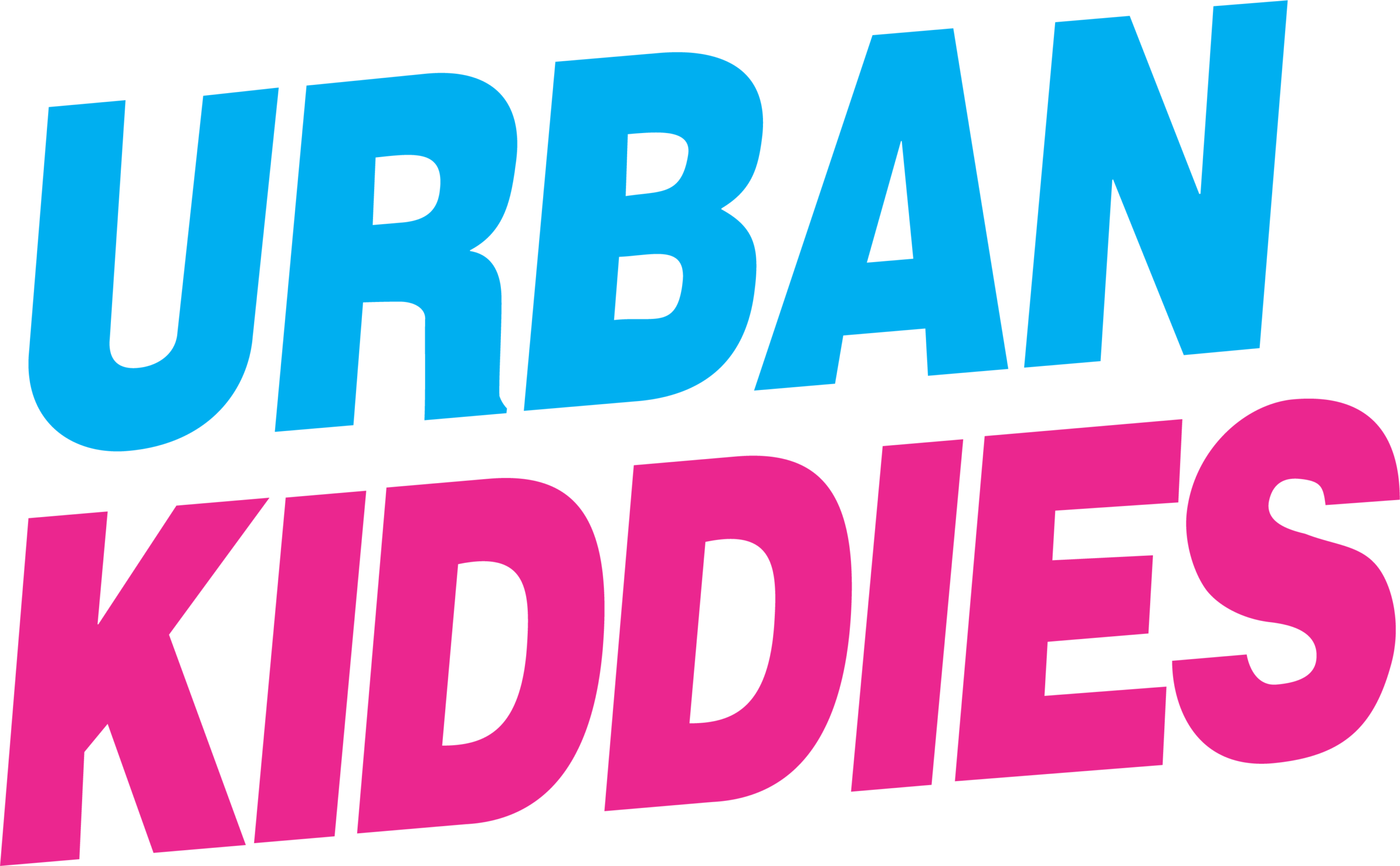LIFE WITH URBAN KIDDIES
How you can help your baby to walk?

When I became a parent I expected an element of comparison. I knew that other mums, and myself, would be watching to see who get teeth first, take their first steps or learn their ABC’s. It’s in our nature to compare kids to one another and I knew that at the end of the day it didn’t really matter who’s child was first.
What I didn’t expect were healthcare professionals sitting with checklists telling me what my children should be doing by a certain age, and highlighting the fact that they are not.
Both my children per born prematurely. Not dangerously early, but enough that, at first anyway, slight delays in their development could be explained away. They were later to smile, rollover and say their first words. But those milestones were eventually hit when they were good and ready. My eldest took his first steps at 16 months but my youngest? He’s 19 months old and still not up on his feet.
My health visitor has been a huge support when monitoring his motor skills. She has come to our house for regular visits, talked through suggestions for how we may help him ourselves, and more recently has explained the next steps we can expect in supporting him on to his feet.
I soon discovered that helping children learn how to walk isn’t just about standing them up and trying to let go. But what should you actually do?
HOW YOU CAN HELP YOUR BABY TO WALK
DISCOURAGE W SITTING
Many young children naturally sit in a W position. It’s comfortable and it can very quickly become a habit. However, for some children it can be a sign of weakness in their core or instability in their hips. Both of these can be a factor in delayed walking, and so encouraging them to sit with their legs out in front of them, crossed or up on their knees can help.
SWIMMING
My youngest used to have low muscle tone in general. We were advised to start swimming regularly to provide a fun activity that will also give a full body workout. The water doesn’t put any unnecessary strain on young joints, which is vital in cases such as ours where hyper-mobility is suspected.
KEEP ACTIVE
General activity is key in building up core strength, which in turn can help your baby to walk. Climbing over things, moving their bodies in different ways and using their muscles is all important in making sure their little bodies are ready for walking. I have found soft play centres great for providing a safe space to climb and play, with the added bonus of tiring out his big brother too!
SUPPORTIVE FOOTWEAR
Up until recently I have been a believer that bare feet are best for learning to walk. I thought that they needed to be able to feel the floor through their feet to find their balance and build up the courage to take those first steps. While that may be true for many children, for those with hyper-mobility a supportive shoe is far more beneficial.

We recently started putting some of the Bobux Timber boots on my son when we were encouraging him to stand. They are designed for a toddlers first steps, with flexible and durable materials supporting them along the way. Opting for boots, rather than the classic shoes, means that extra support is being given on his ankles. This takes some of the strain away when he is trying to stand, making it easier for cruising around the furniture.
These ideas won’t work for everyone, as each child is so individual with their needs. They do develop at their own pace – but that doesn’t mean we can’t give them a helping hand along the way!
Table of Contents
Related Blogs
LOCATIONS
-
24B Fredrika Road,
Colombo 06,
00600
Sri Lanka
+94 77 700 3183
+94 76 014 3277
-
180B, Barracks Road,
Mount wellington
Auckland 1060,
New Zealand
+64 27 232 9289
-
8 Lauraville Avenue,
Werribee, Melbourne,
Victoria, 3030
Australia
+61 402 033 932
-
26 Smales drive,
Ajax,
Ontario, L1Z 1G5
Canada
+1 (647) 889-2146


